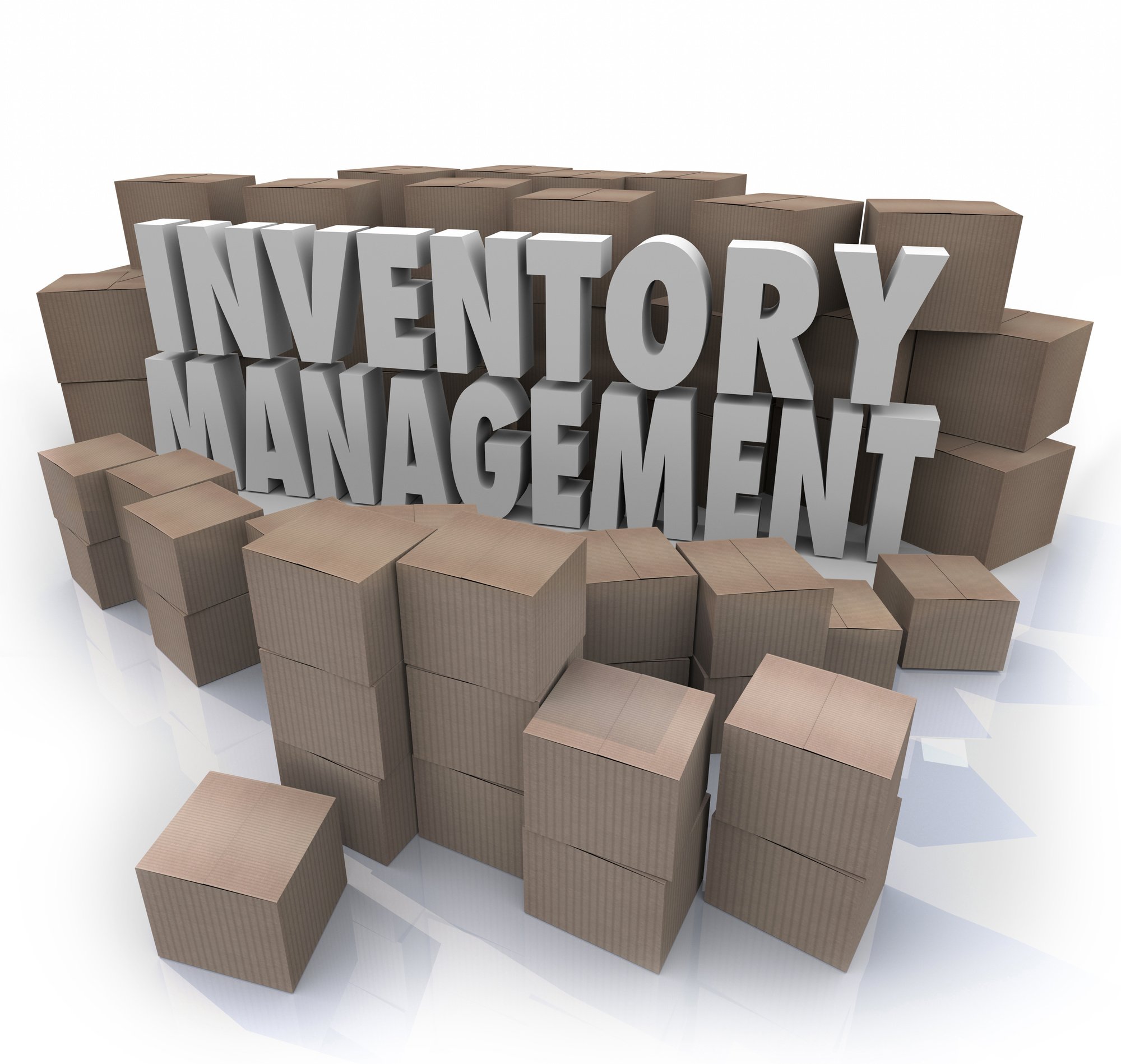Business inventory management, the cornerstone of efficient supply chain operations, plays a pivotal role in ensuring optimal stock levels, minimizing costs, and maximizing profitability. By implementing effective inventory management strategies, businesses can streamline their operations, improve customer satisfaction, and gain a competitive edge in the dynamic marketplace.
This comprehensive guide delves into the intricacies of inventory management, exploring various techniques, control systems, optimization strategies, forecasting methods, and reporting practices. Whether you’re a seasoned professional or a novice in the field, this resource will equip you with the knowledge and insights necessary to optimize your inventory management processes and drive business success.
Inventory Management Techniques
Inventory management is a critical aspect of business operations, and implementing an effective system can provide numerous benefits. One such system is the perpetual inventory system, which continuously tracks inventory levels and provides real-time updates. This allows businesses to maintain optimal stock levels, reducing the risk of overstocking or understocking.
Inventory Valuation Methods
When it comes to inventory valuation, several methods can be used to determine the value of inventory on hand. These methods include:
First-In, First-Out (FIFO)
This method assumes that the oldest inventory is sold first, so the cost of goods sold is based on the cost of the oldest inventory on hand.
Last-In, First-Out (LIFO)
This method assumes that the newest inventory is sold first, so the cost of goods sold is based on the cost of the newest inventory on hand.
Weighted Average Cost
This method calculates the average cost of inventory on hand by dividing the total cost of inventory by the total number of units on hand.The choice of inventory valuation method depends on the nature of the business and its inventory turnover rate.
Best Practices for Managing Inventory Levels
Effective inventory management involves maintaining optimal inventory levels to avoid both overstocking and understocking. Some best practices for managing inventory levels include:
Establishing safety stock levels
Safety stock is the minimum inventory level that a business should maintain to avoid stockouts. This level should be based on factors such as demand variability, lead time, and the cost of holding inventory.
Using inventory forecasting techniques
Inventory forecasting can help businesses predict future demand and plan their inventory levels accordingly. Various forecasting techniques can be used, such as moving averages, exponential smoothing, and regression analysis.
Implementing inventory control systems
Inventory control systems can help businesses track inventory levels, manage stock movements, and generate reports. These systems can be manual or automated, depending on the size and complexity of the business.
Inventory Control Systems
Inventory control systems are essential for businesses to manage their inventory effectively. Technology plays a crucial role in inventory management, enabling businesses to automate tasks, improve accuracy, and gain real-time visibility into their inventory levels.There are various inventory control systems available, each with its own strengths and weaknesses.
Some common systems include:
Periodic Inventory System
- Counts inventory periodically (e.g., monthly or quarterly).
- Simpler and less expensive to implement.
- Can lead to inaccuracies and stockouts if not managed carefully.
Perpetual Inventory System, Business inventory management
- Tracks inventory continuously as transactions occur.
- Provides real-time inventory visibility.
- More complex and expensive to implement.
Just-in-Time (JIT) Inventory System
- Aims to minimize inventory levels by receiving goods only when needed.
- Reduces storage costs and waste.
- Requires close coordination with suppliers and can be risky if there are disruptions.
The choice of inventory control system depends on factors such as the size and nature of the business, the type of inventory, and the desired level of accuracy.
Flowchart of an Inventory Control Process
- Demand Forecasting:Estimate future demand for inventory.
- Inventory Planning:Determine the optimal inventory levels to meet demand.
- Purchasing:Order inventory from suppliers.
- Receiving:Inspect and accept inventory into the warehouse.
- Storage:Store inventory in designated areas.
- Issuing:Release inventory to production or sales.
- Inventory Tracking:Monitor inventory levels and adjust as needed.
End of Discussion

In conclusion, business inventory management is a multifaceted discipline that requires careful planning, execution, and continuous improvement. By leveraging technology, implementing best practices, and tailoring strategies to specific business needs, organizations can optimize their inventory levels, reduce costs, enhance customer satisfaction, and ultimately drive profitability.
Embracing a proactive and data-driven approach to inventory management is essential for businesses to thrive in today’s competitive landscape.
Clarifying Questions: Business Inventory Management
What is the primary objective of inventory management?
The primary objective of inventory management is to maintain optimal stock levels to meet customer demand while minimizing holding costs and preventing stockouts.
What are the key benefits of implementing an inventory control system?
Inventory control systems provide real-time visibility into stock levels, streamline inventory tracking, reduce errors, and enhance decision-making.
How can inventory optimization strategies improve business profitability?
Inventory optimization strategies help businesses reduce excess inventory, minimize carrying costs, improve cash flow, and increase profit margins.